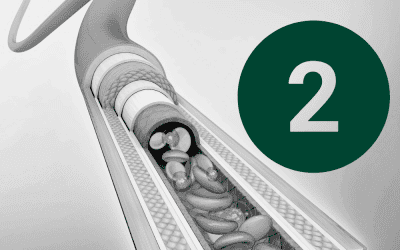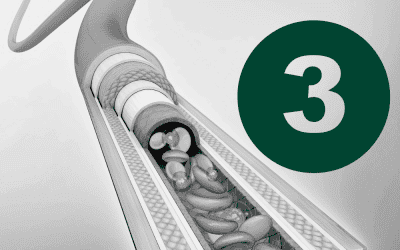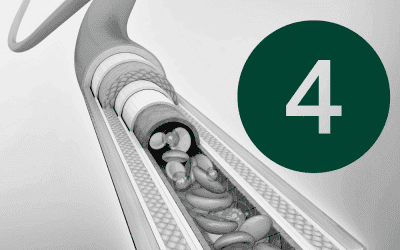The healthcare landscape is evolving rapidly, and so are the roles of nurses and allied health professionals. One of the most significant shifts in recent years has been the expansion of nursing responsibilities into areas traditionally reserved for physicians—such as the insertion of arterial lines. This change is not just a matter of convenience; it’s a strategic response to workforce challenges, technological advancements, and the growing complexity of patient care.
Why This Shift Matters?
Historically, arterial cannulation was the domain of doctors. However, with the implementation of the European Working Time Directive and the Modernising Medical Careers initiative in the UK, junior doctors’ hours have been reduced. This has created a need for other healthcare professionals to step in and fill the gap—particularly in acute and critical care settings.
Nurses, especially those in advanced roles such as Advanced Critical Care Practitioners (ACCPs), have risen to the challenge. With appropriate training and supervision, they are now performing arterial line insertions safely and effectively, contributing to faster interventions and improved patient outcomes.
Professional and Legal Responsibilities
With expanded roles come expanded responsibilities. Nurses must navigate a complex web of professional, legal, and ethical obligations. According to the Nursing and Midwifery Council (NMC), nurses are accountable to:
- Their patients – ensuring safety, dignity, and informed consent
- The public – upholding trust in the profession
- Their profession – maintaining standards and competencies
- Their employer – adhering to institutional policies and protocols
The NMC encourages professional development but emphasises that it must be done safely and within scope. Nurses must be able to justify their actions and demonstrate evidence-based practice at all times.
For Allied Health Professionals (AHPs), the Health and Care Professions Council (HCPC) sets similar expectations, requiring continuous professional development and adherence to ethical standards.
“You must keep your knowledge and skills up to date and relevant to your scope of practice through continuing professional development.”
(Health Care Professionals Council Standards of Conduct and Ethics)
The Importance of Competency-Based Training
Achieving competency takes time. Performing supervised insertions helps build the necessary skills and confidence. This hands-on experience is supported by a structured portfolio that includes:
- Theoretical knowledge
- Reflective practice
- Supervisor assessments
- Documentation of procedures and outcomes
This approach ensures that practitioners are not only technically proficient but also understand the why behind each step—critical for safe and effective care.
Conclusion
The expansion of nursing roles into arterial line placement is a testament to the adaptability and professionalism of today’s healthcare workforce. With the proper training, support, and governance, nurses and AHPs are not just filling gaps—they are elevating standards of care.
As this series continues, we will explore the anatomy, techniques, and clinical considerations that underpin safe and effective arterial cannulation. We encourage you to explore the entire seven-part series or download the full articles as a single PDF.



